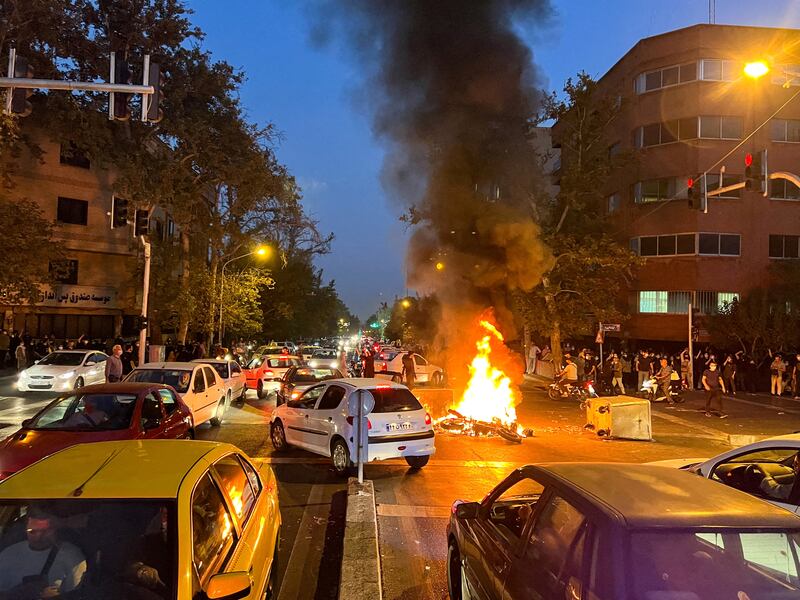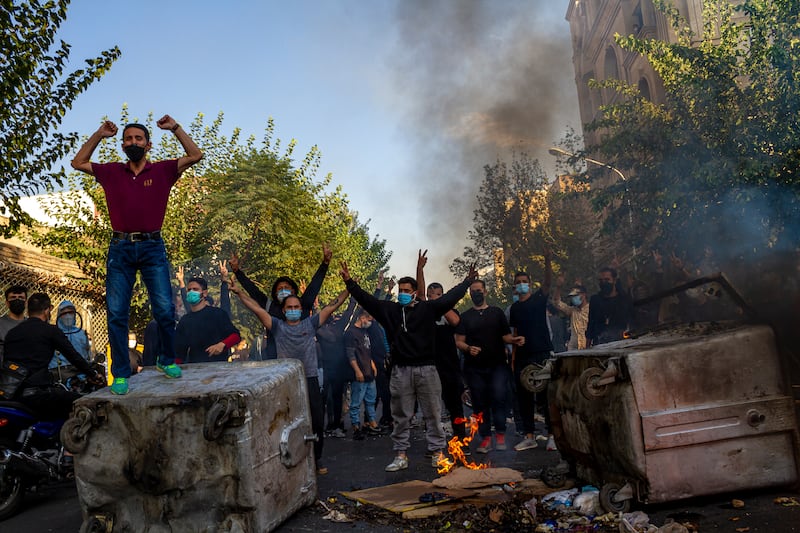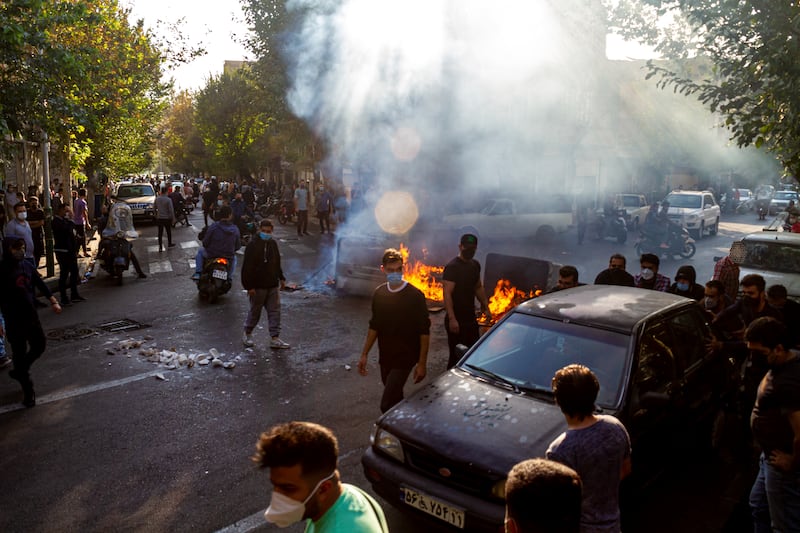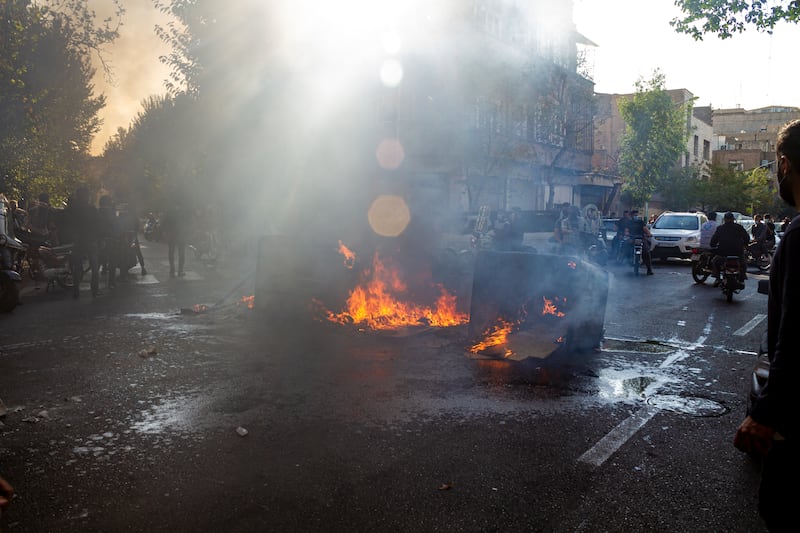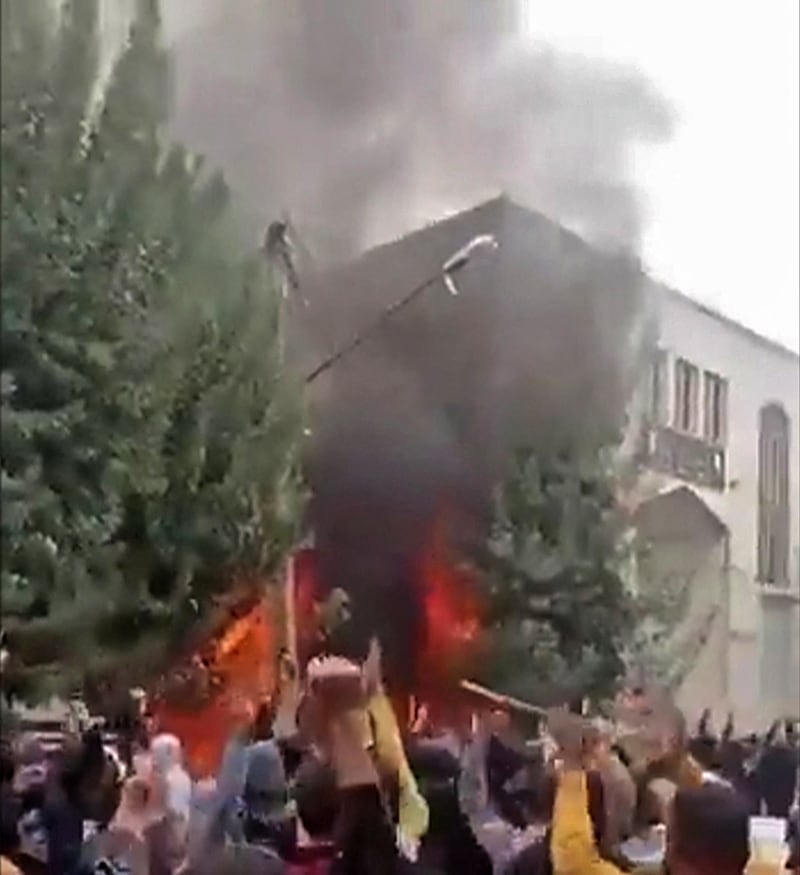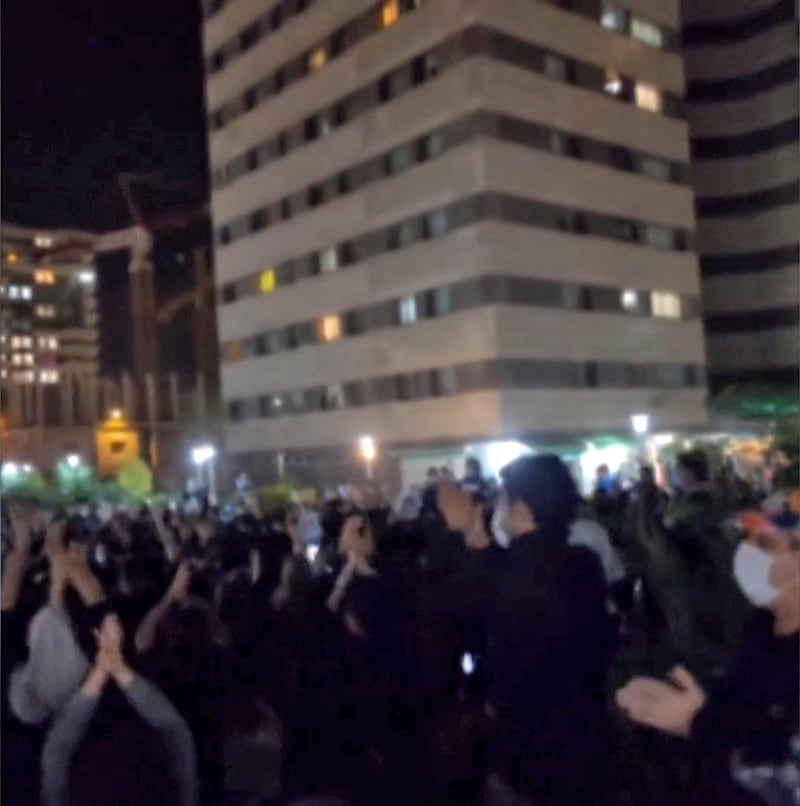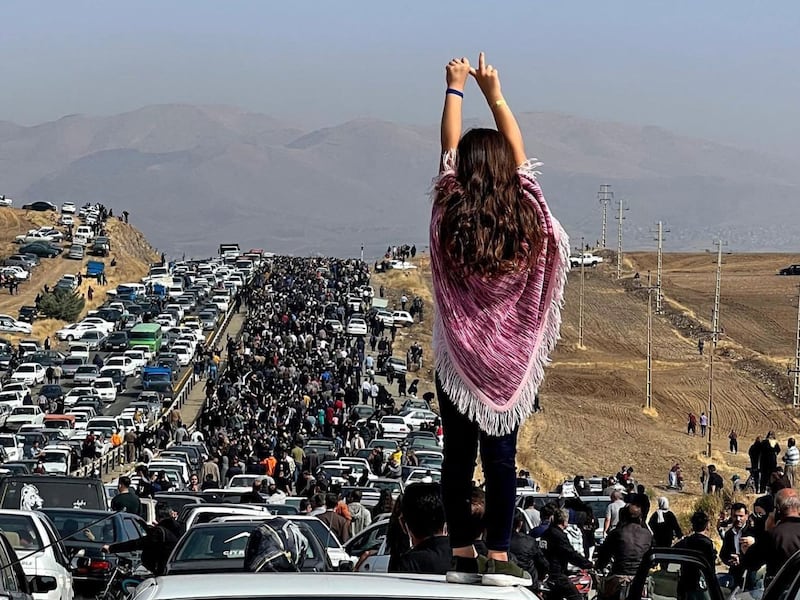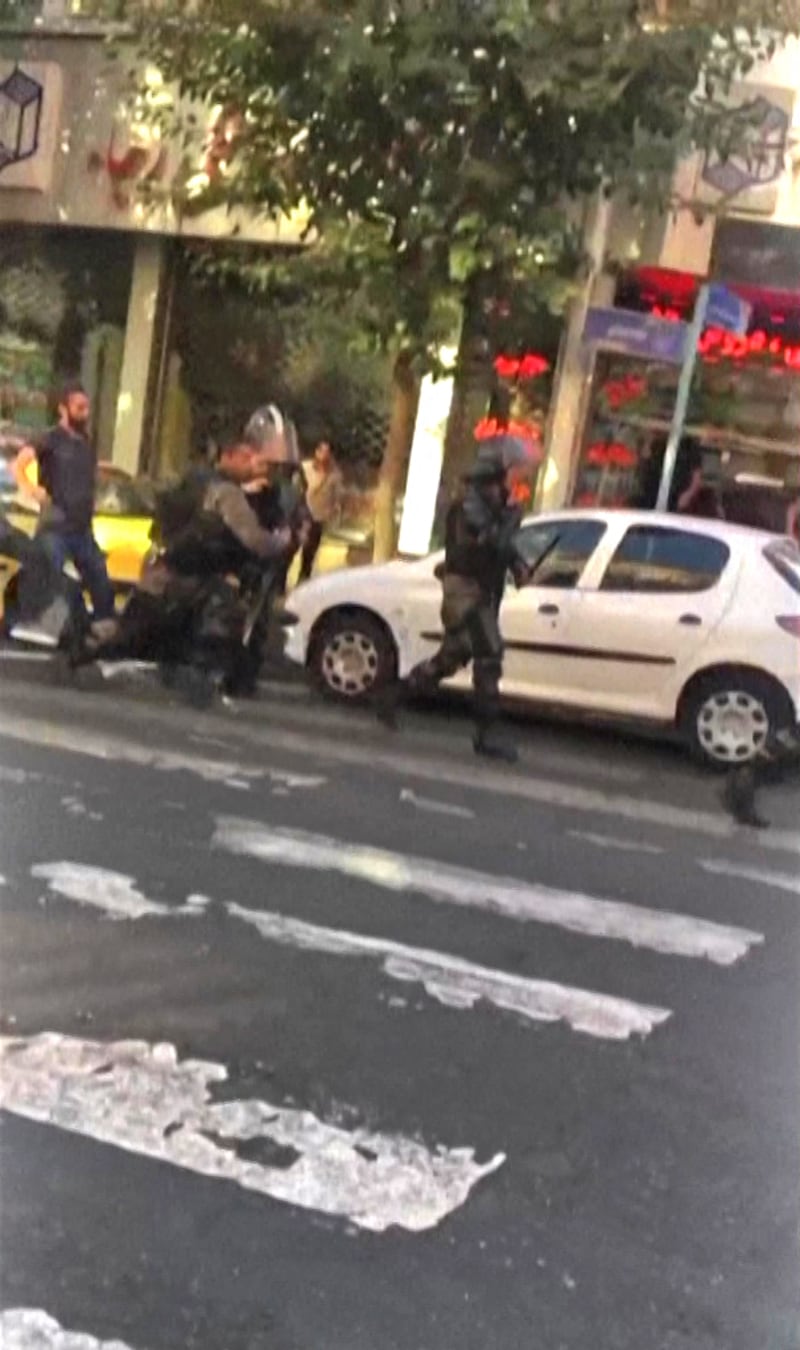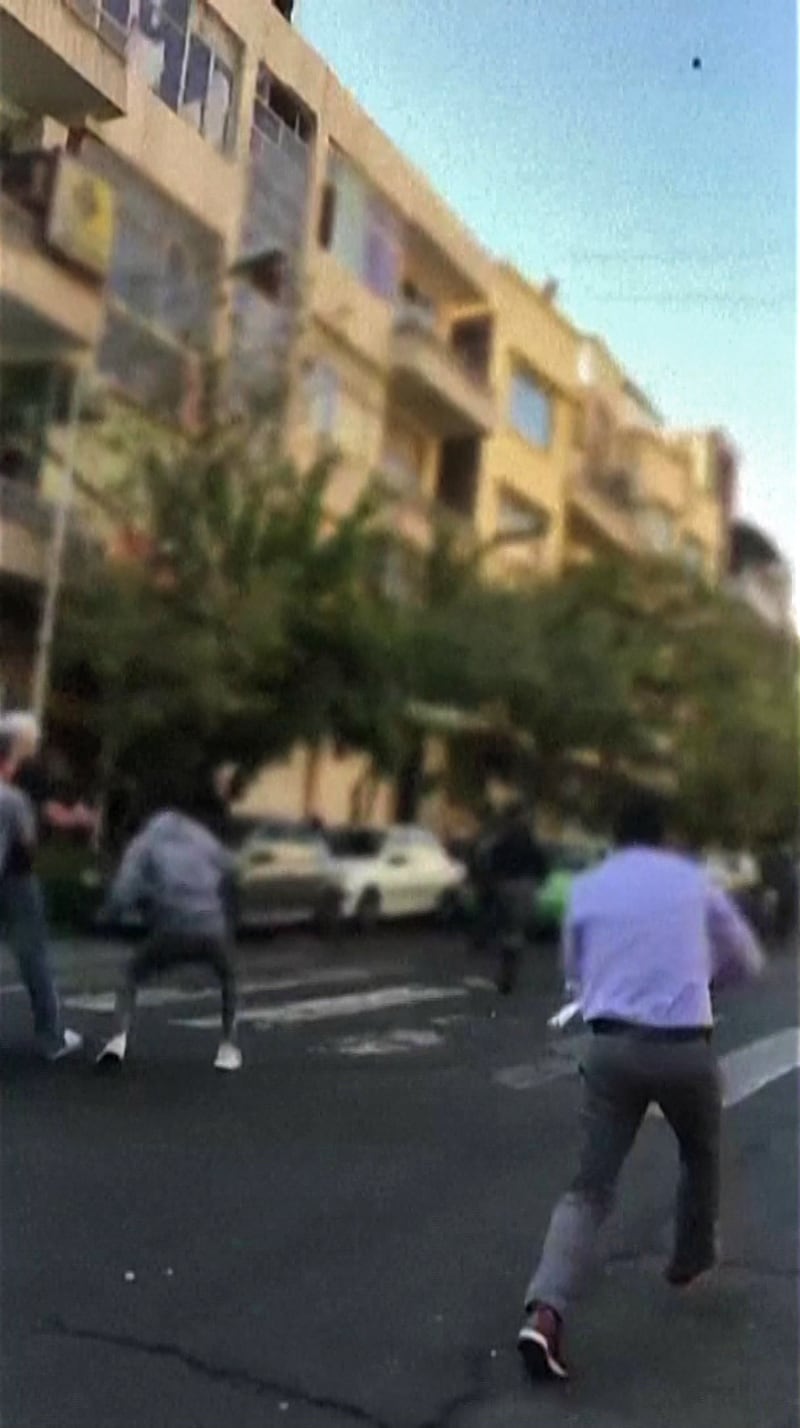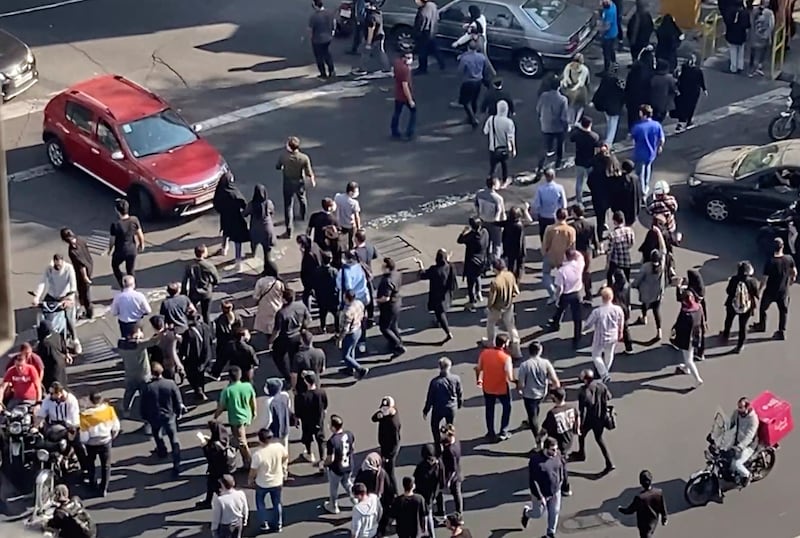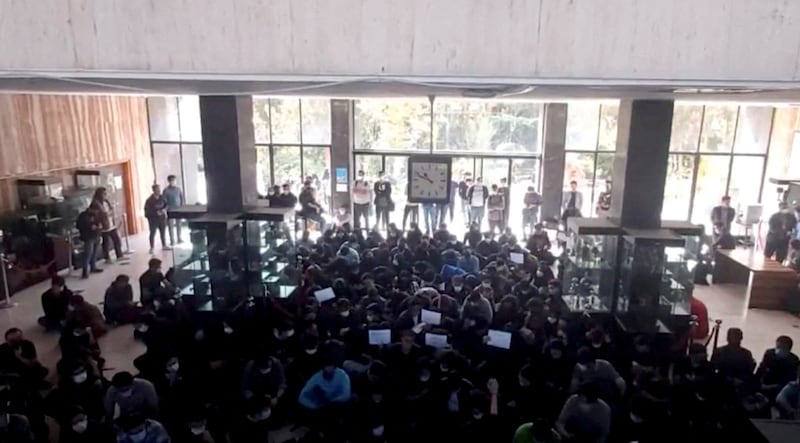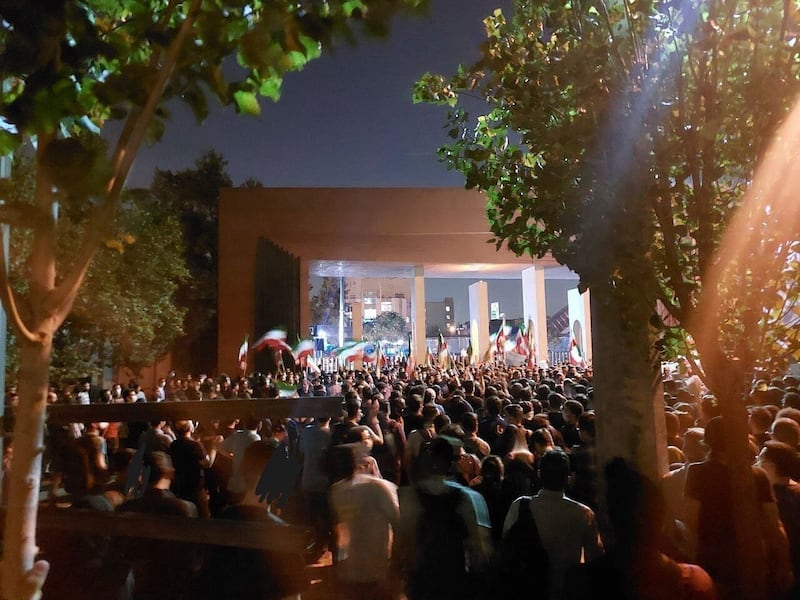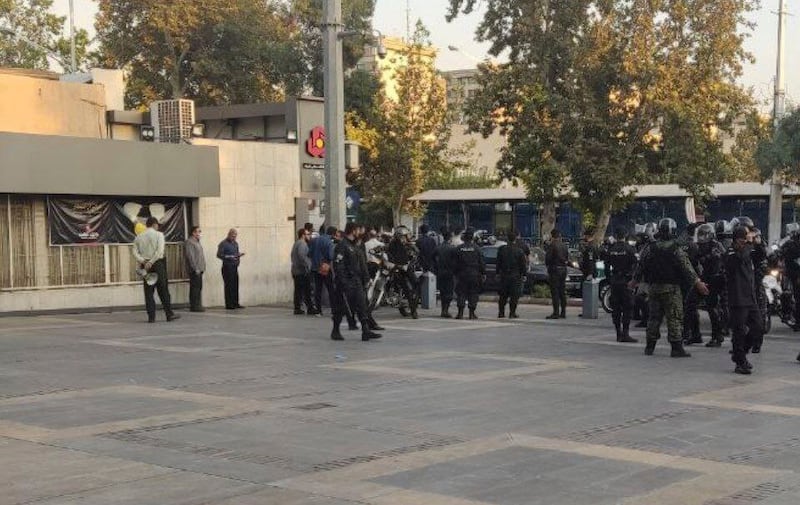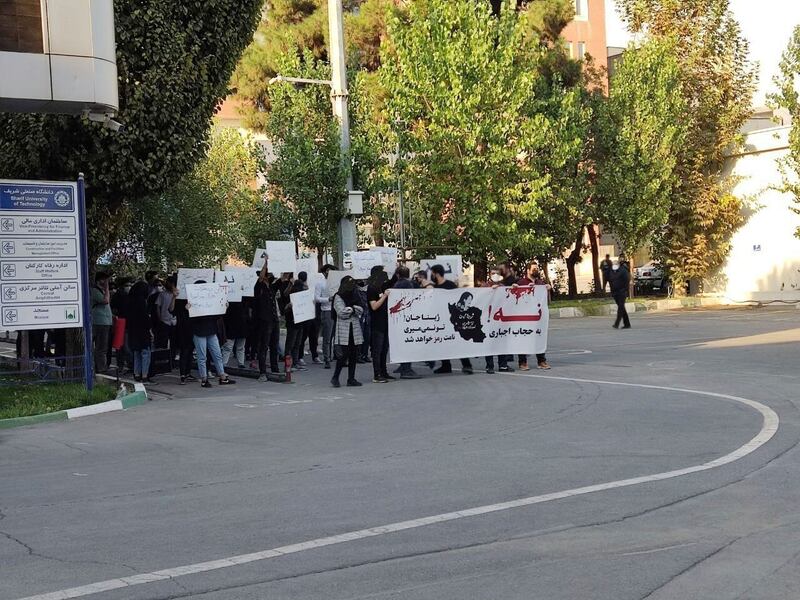Protests in Iran showed no sign of abating on Saturday, a day after demonstrators set fire to the ancestral home of Ayatollah Ruhollah Khomeini, the architect of Iran’s 1979 revolution which ushered in more than four decades of theocratic rule.
The house in the town of Khomein is now a museum but the attack is symbolic and could provoke tougher action by the government.
Violence is worsening across Iran, two months into nationwide protests following the death of Mahsa Amini, a 22-year-old Kurdish-Iranian woman who died in the custody of the state's morality police.
State media said five members of the security forces had died in the latest unrest.
In total, rights groups said, more than 400 people have died since September 16, while Iran’s state media said nearly 50 members of security forces have been killed.
Protests have also raged at universities across the country — centres of anti-government sentiment along with towns where marginalised minorities including Balochs and Kurds have gathered in the streets in large numbers.
The protest movement has also spread to the country’s many trade unions, leading to strikes by teachers and oil and steel workers.
Reinforcements of the security forces were sent to the city of Mahabad in western Iran on Saturday night, rights groups said, while images and audio files of heavy gunfire and screams were posted overnight.
The Norway-based Iran Human Rights (IHR) group posted footage overnight Saturday into Sunday that it said showed gunfire echoing around the city.
Its director Mahmood Amiry-Moghaddam wrote that authorities “cut electricity and machinegun shooting is heard … Unconfirmed reports of protesters being killed or wounded.”
The spark for the protests — a call for more women’s rights and an end to police brutality — has set off several strands of dissent, including calls for secular government and anger at economic mismanagement as the nation grapples with high inflation and shortages of basic goods.
The violence, which has claimed the lives of dozens of children, drew condemnation on Saturday from Unicef, the UN's agency for children.
“In Iran, Unicef remains deeply concerned by reports of children being killed, injured, and detained. Despite a lack of official data, since late September an estimated 50 children have reportedly lost their lives in the public unrest in Iran. The latest of such horrible losses was 10-year-old Kiyan who was shot dead while in the car with his family. This is terrifying and must stop,” the statement said.
Khamenei warning
On Saturday, supreme leader Ayatollah Ali Khamenei said the country's enemies may try to mobilise workers after failing to topple the government in more than two months of unrest.
“Until this hour, thank God, the enemies have been defeated. But the enemies have a new trick every day, and with today's defeat, they may target different classes such as workers and women,” state television quoted Mr Khamenei as saying.
Women and university students have played a prominent role in the anti-government street demonstrations, waving and burning headscarves to denounce Iran's strict dress code for women.
On Saturday, activist Hrana news agency said sit-down strikes and protests were taking place on two dozen campuses in the capital, Tehran, and in major cities including Isfahan, Tabriz and Shiraz where slogans including “Freedom, freedom, freedom” were shouted.
Kurdish rights group Hengaw posted videos purporting to show security forces shooting at protesters in the town of Divandarreh, killing one. Reuters could not verify the videos.
The official news agency Irna said protesters damaged the home of Divandarreh's most senior state-sanctioned cleric and the office of the local MP, adding that two people may have been killed in the violence.
Videos posted on social media purported to show protests in a number of cities in western, north-western and central Iran, some during funerals held for demonstrators.
Protests also reached smaller communities. In Murmuri, a south-western town of 3,500 residents, the governor told Irna about 150 protesters set fire to government buildings, banks and a post office before security forces re-established order.
Hrana said 402 protesters had been killed in the unrest as of Friday, including 58 minors. Some 54 members of the security forces were also killed, it added. More than 16,800 people have been arrested, it said.
State media said last month that more than 46 security forces, including police, had been killed. Government officials have not provided an estimate of any broader death count.
On Saturday, state television showed thousands attending at least four state-sponsored funerals for three Basij militia members, a police colonel, a seminary student and a border guard killed during recent unrest.
Iran's hardline judiciary has sentenced five protesters to death and said it will put on trial more than 2,000 people charged with unrest, intensifying efforts to crush weeks of demonstrations.
